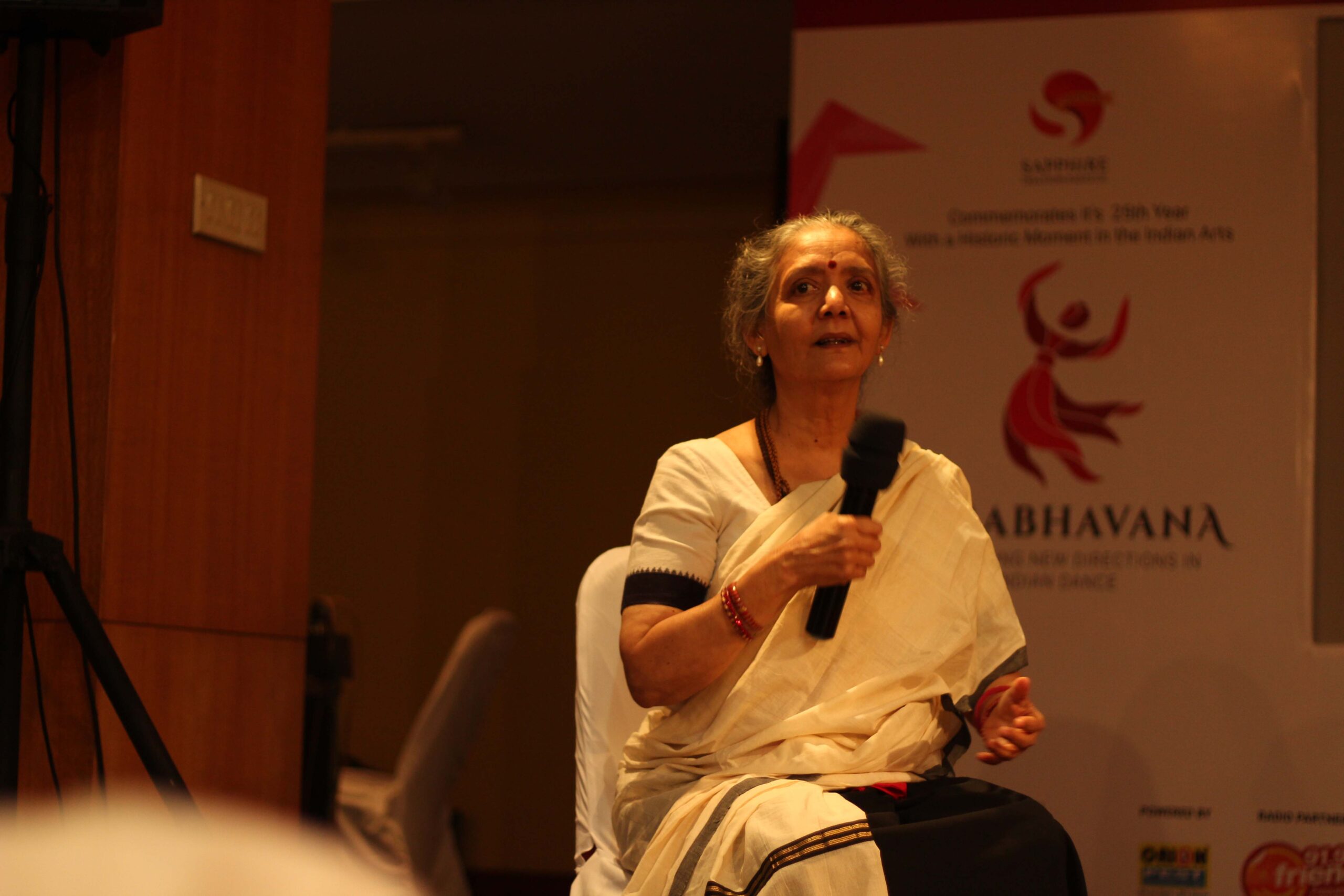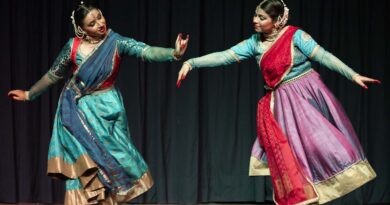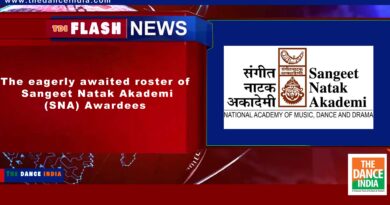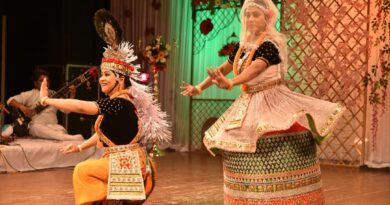SAMABHAVANA – Celebrating New Directions In Indian Dance
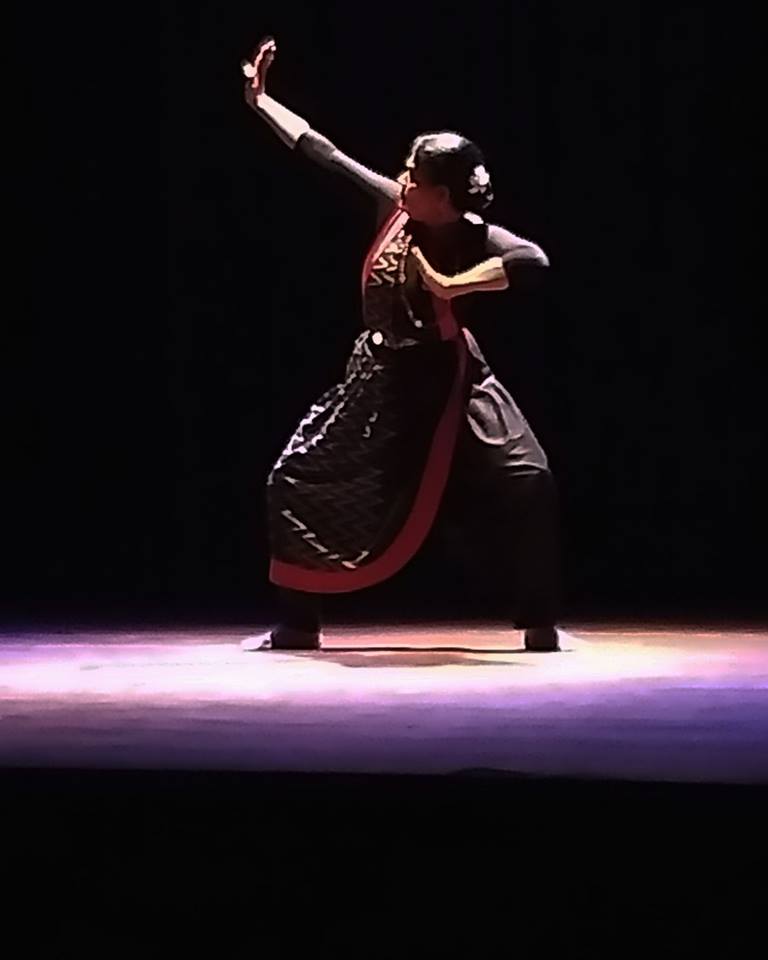
Text: Nita Vidyarthi, Cultural Critic, Kolkata
Pics: Sapphire
Sapphire Creations is Eastern India’s first experimental dance company striving to develop an organic, radical, dynamic and alternative idiom of movement. With a forte for innovation, the ensemble is fresh, young and exudes a ready awareness of contemporary global concerns.
Sapphire Creations Dance Company, Kolkata has made its stunning present known by performing internationally and marked the completion of its 25th anniversary year with a two-day meet ‘Samabhavana’ at the ICCR, Kolkata, to debate and dissent on the past, present and future of Indian Contemporary dance. Artistic Director Sudarshan Chakravorty with co-director Paramita Saha aspired to bring dancers, choreographers, scholars, critics and researchers on one platform to talk, demonstrate and showcase the developments, directions and possibilities in Indian dance and what it is to be a contemporary dancer.
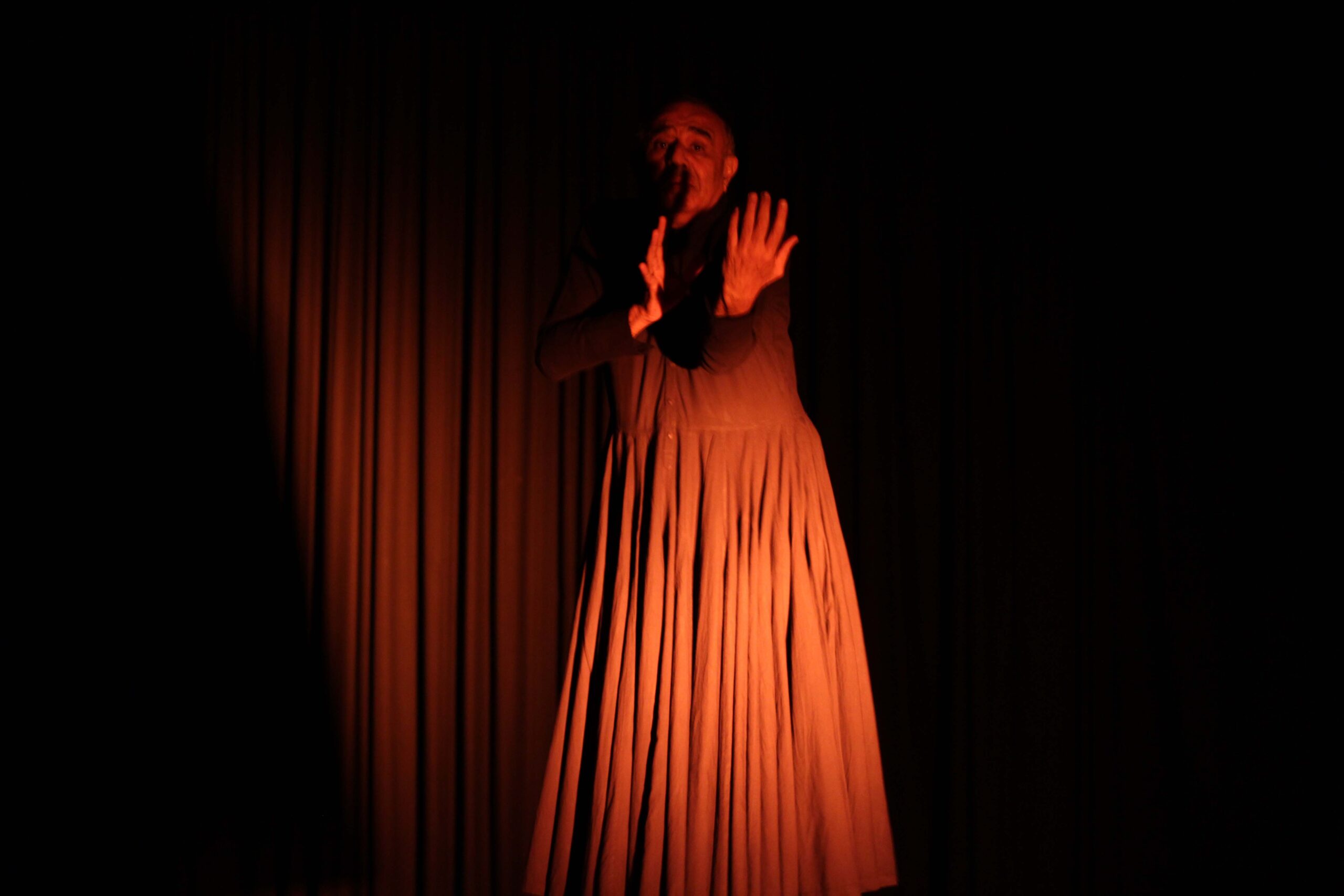
The event had back-to-back sessions segmented as Provocation with exploration, Negotiation, Proposition and Transformation.Provocations traced the journey of new directions in Indian Dance in the last millennium while heading for the future, defining Indian dance and how the world perceives it. The opening provocation entitled “From Uday Shankar to Contemporary interdisciplinarity in Indian Dance”, by Sadanand Menon was elaborate and enriching. He felt the need to look hard at what we are as dancemakers, how we look at other dances/dancers and vice versa and how the body tries to negotiate while creating a dance. To him, India is not one nation but a multinational. He spoke of body and freedom with reference to Uday Shankar’s work, especially his film Kalpana which was partly screened for reference to theme and creativity of movements. “Body and freedom is very important” and in the debate comes the primitive body and the tabooed body. Also “what are we really addressing and what directions are to be taken”. While looking back at the important parameters of Uday Shankar’s work he mentioned, “humour is completely lacking in today’s contemporary dance”. At one point he commented, “Uncertainty should be the hallmark of contemporary dance forms”.
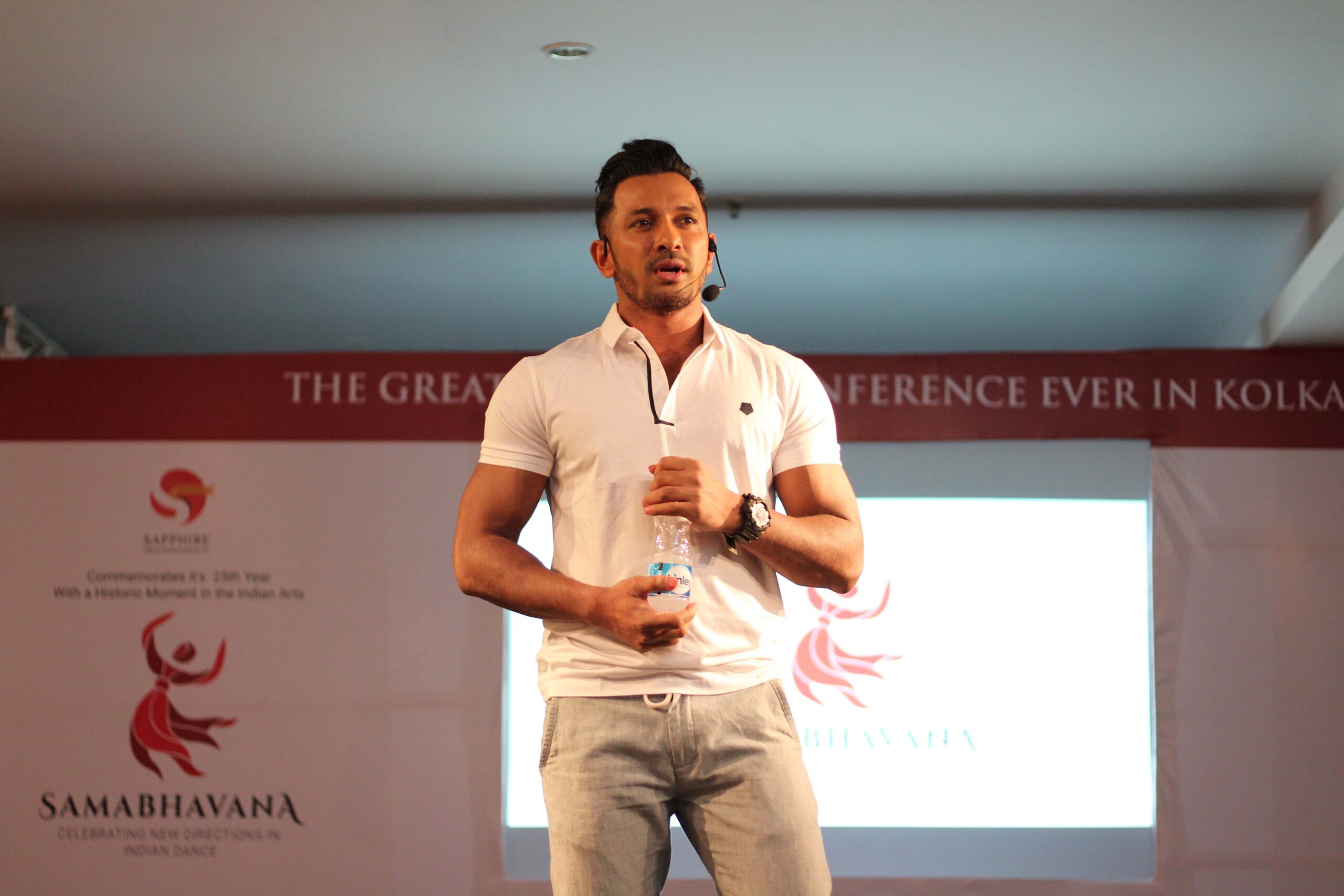
Vikram Iyengar, dancer and researcher guided exploration of “How are we different yet the same”. Krishna Devanandan had 6 volunteers to experience the effect on their bodies by walking along horizontal lines and diagonals, of breathing, visualisation and entering the empty space in between. The viewers according to her “should be sensitive too to this act”. The observations and her inferences of “What it means to be in different spaces” were not quite comprehended. Mitul, a competent Kathak dancer gave a beautiful demonstration with Prassana Saikia and the seasoned Classical Jazz dancer Ronnie Shambit Ghosh about how they juxtaposed Kathak and Jazz to create a new form where the upper body has distinct Kathak identity while the lower one is Jazz legwork. Bharat Sharma who commented that ‘Kalpana’ is like Dan Brown’s film and talked about his celebrated father, Narendra Sharma’s work and how he embraced new ideas and forms. Urmimala Sarkar could not have said better than mentioning “Amala Shankar was the best contemporary dance teacher. She processed what Uday Shankar had created. She taught body awareness, the way she had imbibed it, to the next part kinesis. She taught how to be and work with others and how to create intimacy without touch”. Aishika Chakravarty talked about her teacher Manjushree Chaki Sarkar and Ranjabati and mentioned that Navanritya was a psychophysical exercise. She talked of heterotopic, perfect, pure, authentic dancing bodies and referred to “Bai and Khemta of Bengal”.
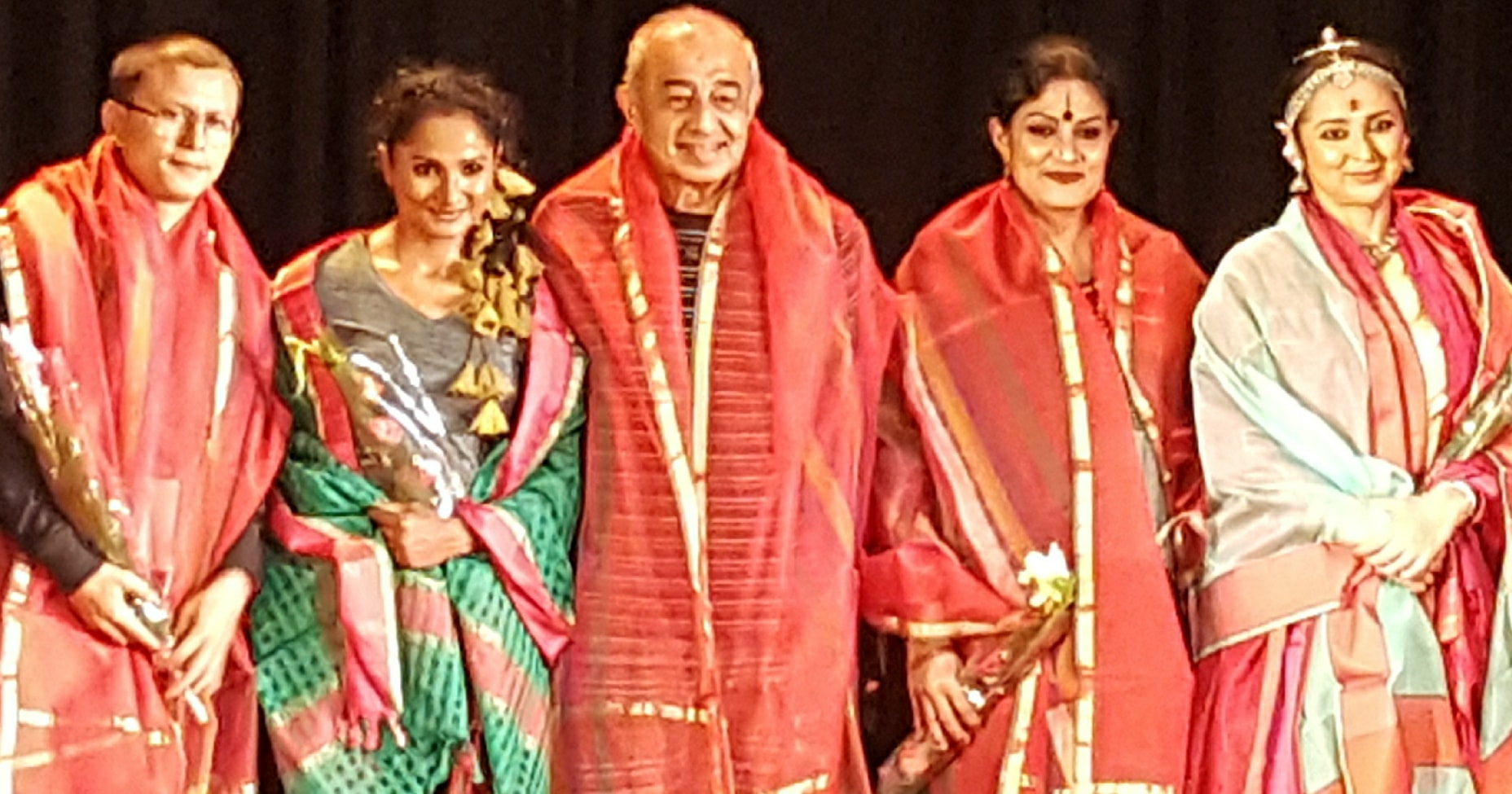
Exploration of “How we present and represent” guided by Ranjana Dave looked at the politics of representation of dance ecology. What does the art world want to see, “Indian Contemporary dance or Contemporary dance from India? Madhuri Upadhya spoke of the economics of dance purely in terms of sustainability and mentioned, “We are a community and not an industry”. To Leela Venkataraman “dance doesn’t have to be pretty all the time and contemporary is only a matter of attitude”. She described the Pallavi created by Surendra Jena inspired by the Chausath Yoginis of Odisha. Vanessa Mirza talked about her training and Paramita Saha about herself in Sapphire and how as an arts manager she can bring in more work – “I could do anything, my base is my body. I say better through dance”.
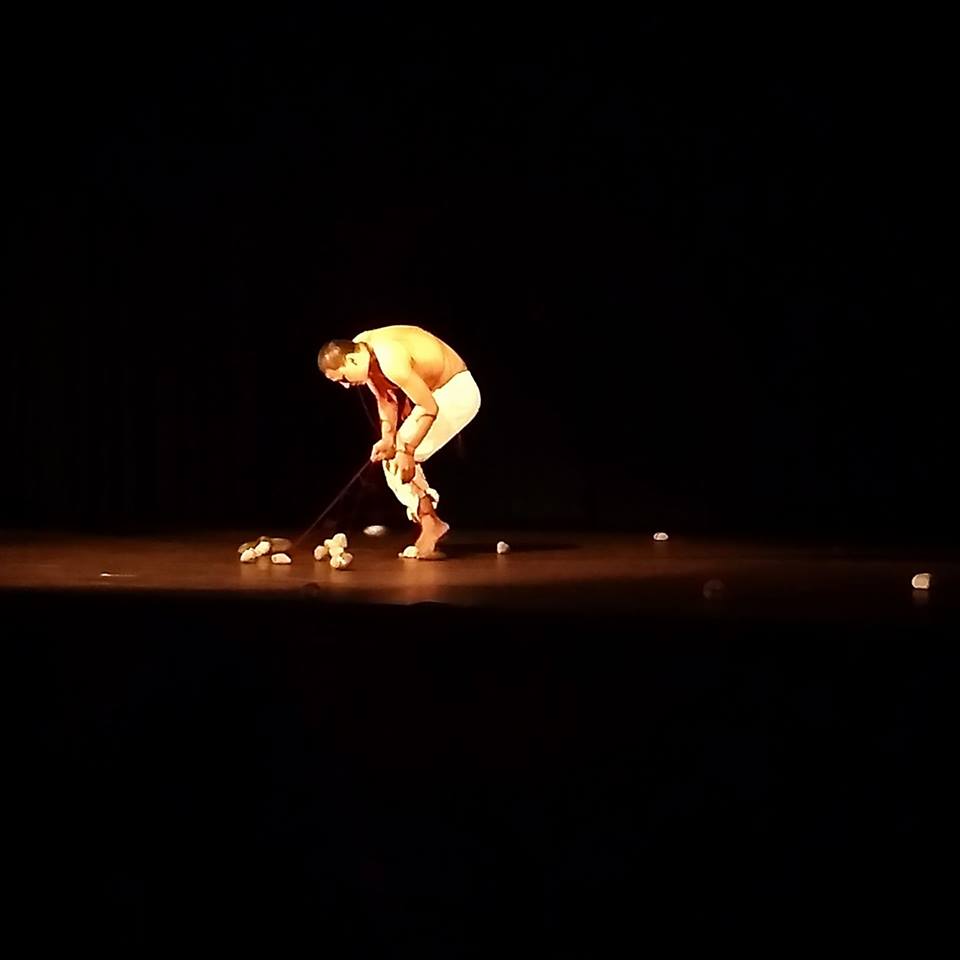
It was delightful going on a roller-coaster ride with the interesting lecture and demonstration later, (Negotiations) by Terence Lewis (assisted by his student Ravi). The non-stop unfurling of his journey by knowing “certain things organically, intuitively and being a copycat” followed by a reference to his “Kamshet Project” kept the capacity audience spellbound. The demonstration of the central bodywork of how one falls from vertical to horizontal with the rhythm with a shift of axis losing balance was demonstrated by Ravi, a student of Terence followed by the same act with a graceful fall with balance and elegance aesthetically by Terence was the highlight of the whole session. A very impressive session indeed!
Proposition saw gratifying performances by top-brass dancers, Astad Deboo (excerpt from liminal, Below the edge), ‘Unurth’ by Geetha Chandran, ‘Evoking Radha’ by Sharmila Biswas and ‘To’ by Surjit Nongmeikapam. ‘Yashti’ by Hemabharathi Palani did not appeal. ‘To’, an interactive piece with the audience was the most popular. The provocation ‘The sense of a Journey’ on the second day by Leela Venkataraman, Sunil Kothari and Utpal Banerjee was about their journey. The exploration guided by Mandeep Raikhy saw Maya Krishna Rao, Sudarshan Chakravarty, Daminee Benny Basu and Surjit Nongmeikapam talk about their journey and work responding to “How we resist, assert and articulate”. Daksha Sheth and son Tao Issaro turned the pages of their work and journey with Nandita Pal Chowdhury. Students of Aditi Mangaldas demonstrated the relation between space and performance. Padmini Chettur performed “Beautiful Thing 2” at the opening session of Pickle Factory season 1 festival as a part and conclusion of ‘Samabhavana’.

